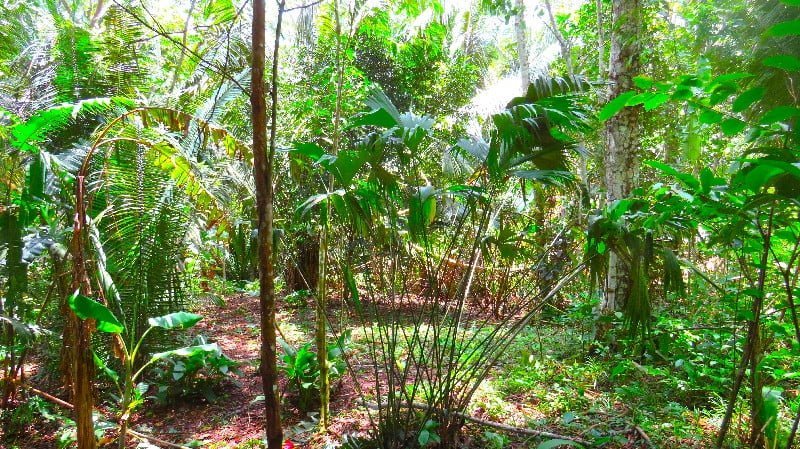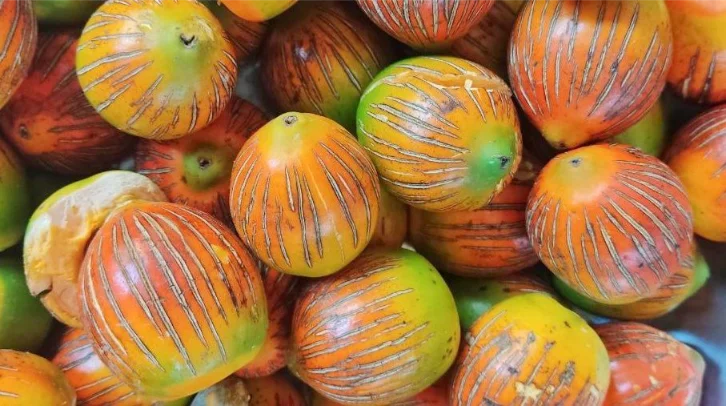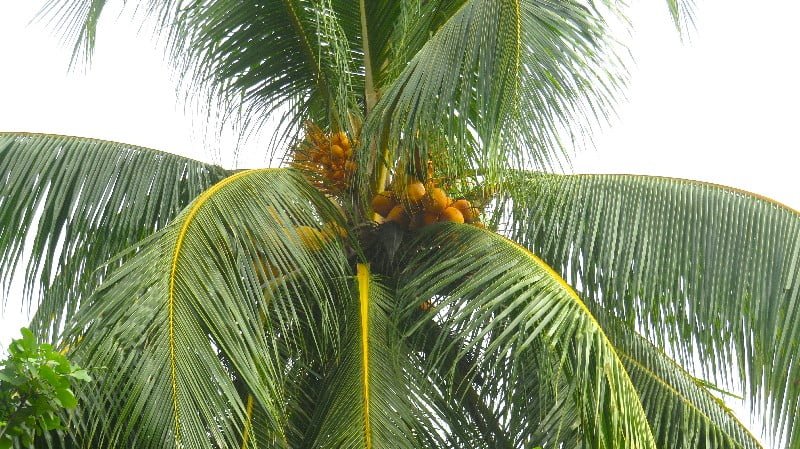The Amazon Rainforest
A Vital Part of the Global Ecosystem
The Amazon rainforest is a huge, lush forest that stretches across portions of nine South American nations, including Peru. Since it is such an enormous area we want to educate you with some forest facts!
There are over 16,000 species of trees, many of which have medicinal properties and are used by indigenous people for traditional medicine. The rainforest is also home to many rivers, including the Amazon river, the Ucayali river, the Huallaga river and the Marañón river, which provide habitats for a diverse range of aquatic life, including freshwater dolphins and piranhas.


Deep in the heart of Peru lies the Amazon rainforest, one of the most diverse ecosystems in the world. The rainforest is home to a vast array of plant and animal life, including over 300 species of mammals such as jaguars, pumas, monkeys, sloths, and armadillos. There are over 1,800 species of birds, such as the harpy eagle, toucans, parrots, and macaws, and over 100,000 species of insects, including butterflies, ants, and beetles.
Indigenous communities, such as the Ashaninka and Shipibo, have lived in the Amazon rainforest in Peru for thousands of years and rely on the forest for their livelihoods. They have a deep understanding of the forest and its resources, using them for food, shelter, medicine, and spiritual practices.
FRUITS OF THE AMAZONE
Some other interesting forest facts are about the fruits of the Amazon. The rainforest is home to an incredible diversity of plant species, many of which bear delicious and nutritious fruits. These fruits are not only an important food source for the animals that live in the rainforest, but they are also an important source of food and nutrition for humans. One of the most well-known rainforest fruits is the Amazonian acai berry. This small, dark purple berry is packed with antioxidants, fiber, and heart-healthy fats and has become a popular superfood around the world. Other popular rainforest fruits include the pitaya, or dragon fruit, which has a bright pink or red skin and a sweet, juicy flesh, and the cupuaçu, a large melon-like fruit with a creamy white pulp that is often used in desserts and drinks. There are also many lesser-known rainforest fruits that are no less delicious or nutritious. The camu camu berry, for example, is a small red or purple fruit that is one of the richest sources of vitamin C in the world. The maracuja, or passion fruit, has a tart, juicy pulp that is often used in desserts, drinks, and sauces. The araçá, a small yellow or orange fruit, has a sweet, tangy flavor and is rich in vitamin C and antioxidants.In addition to these fruits, there are many other rainforest fruits that are valued for their medicinal properties. The graviola, or soursop, for example, is a large green fruit with a spiky exterior and a creamy white flesh that is believed to have anti-inflammatory, antiviral, and anticancer properties. Murici, a small yellow or orange fruit, is rich in antioxidants and is believed to have antibacterial and anti-inflammatory effects.


COCONUTS
While coconuts are commonly associated with tropical beaches, they are also an important crop in many rainforest regions. It is one of the forest facts of the Amazon that many people are not aware of. Coconut palms can be found throughout many tropical rainforest areas, and the nuts they produce are an important source of food and income for many communities. Coconuts are a versatile crop that can be used in a variety of ways.
The most obvious use is as a source of food and drink. The white flesh inside the coconut is rich in healthy fats, fiber, and other nutrients and is often eaten fresh or used in a variety of dishes and desserts. Coconut water, which is the clear liquid inside the young green coconuts, is also a popular drink in many parts of the world. It is rich in electrolytes and is often consumed as a natural sports drink or as a refreshing beverage on a hot day. In addition to their culinary uses, coconuts are also an important source of income for many communities. The oil extracted from coconut flesh is a valuable commodity that is used in a variety of products, including cosmetics, soaps, and cooking oils. Coconut shells and husks can also be used to make a variety of products, including charcoal, fuel, and handicrafts.
FISH SPECIES
The Amazon rainforest is not only home to an incredible array of plant and animal species but also to an astounding diversity of fish species. This page is about forest facts but we also need to mention the role of the Amazon river. The Amazon River system is the largest and most diverse freshwater fishery in the world, with an estimated 3,000 species of fish found in its waters. Many of these fish species are important food sources for the local human population as well as for the many other animals that live in the rainforest.
Some of the most commonly consumed fish in the Amazon include the tambaqui, pirarucu, and pacu. These fish are prized for their firm, flavorful flesh and are often grilled or smoked over an open fire. In addition to their culinary value, Amazonian fish are also an important source of income for many communities. Commercial fishing is an important industry in the region, with fish products such as fish meal and fish oil being exported to markets around the world.


